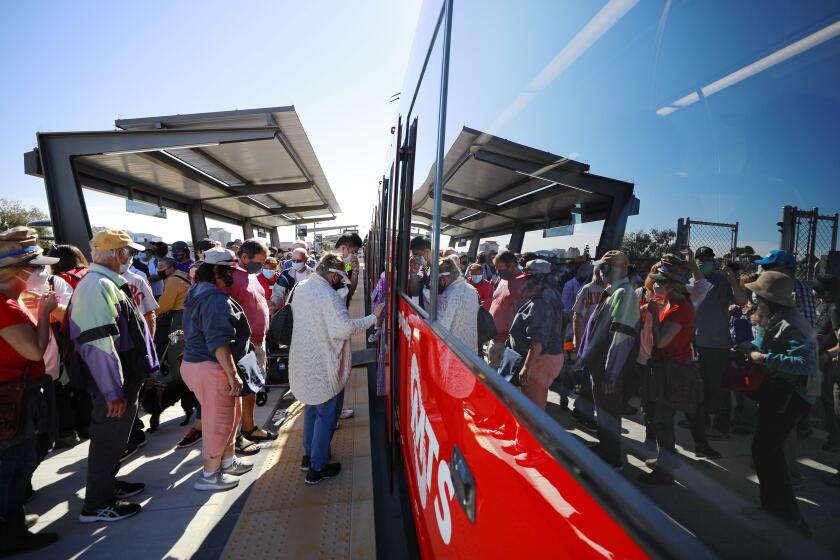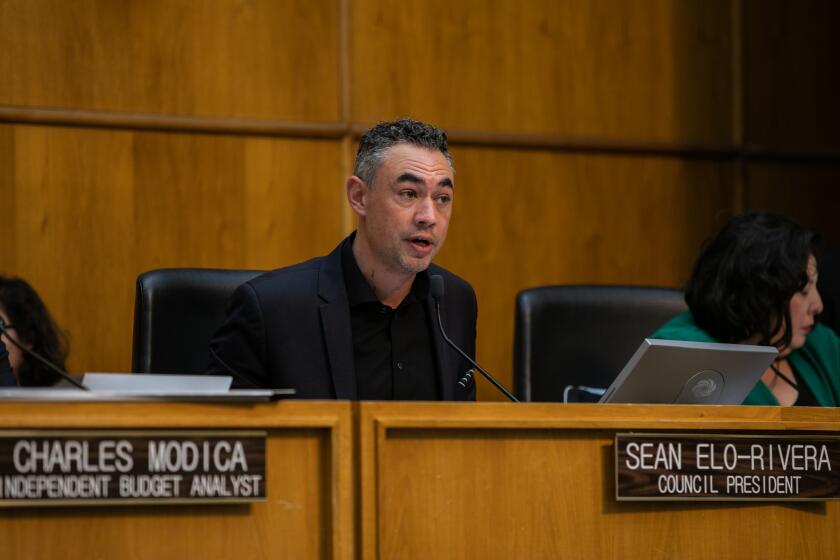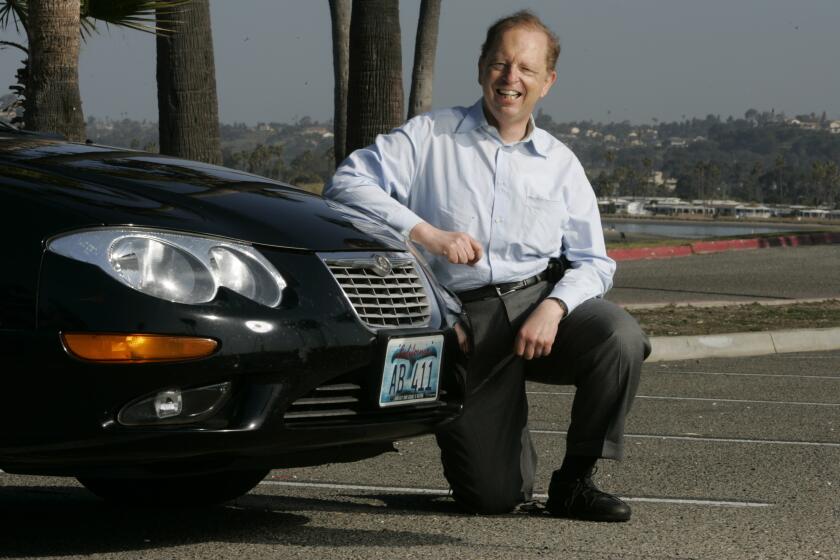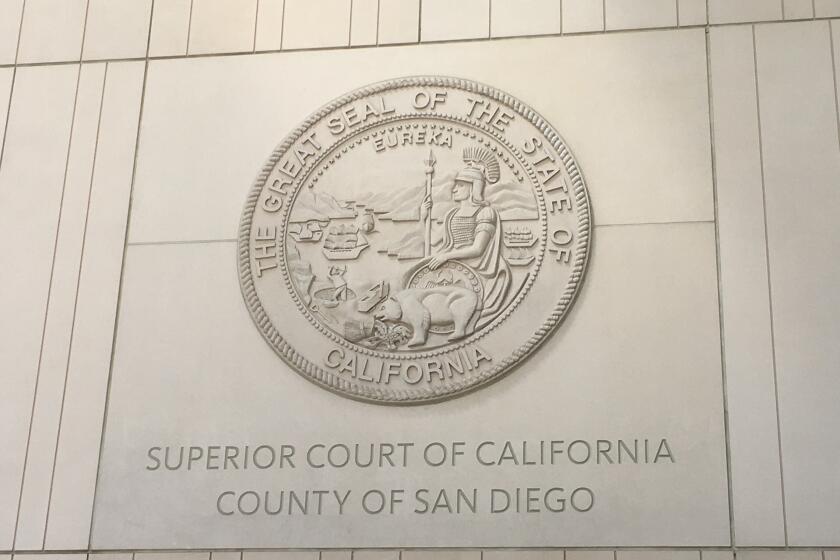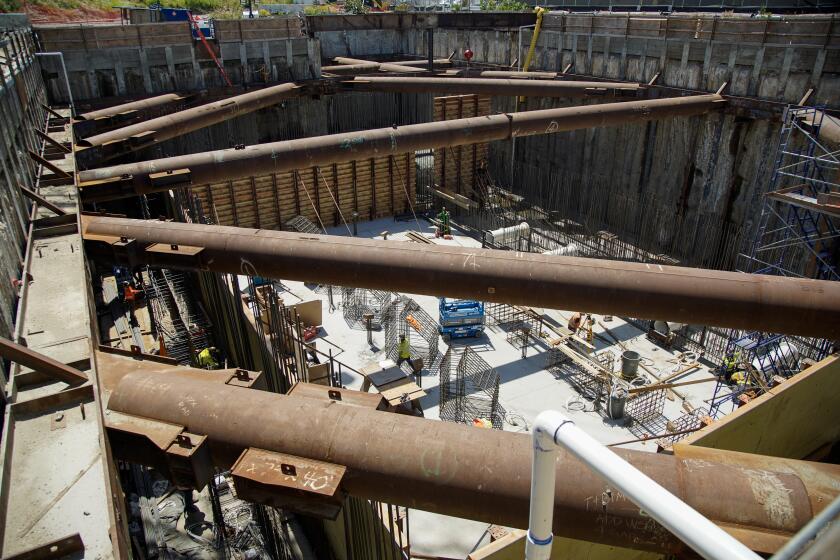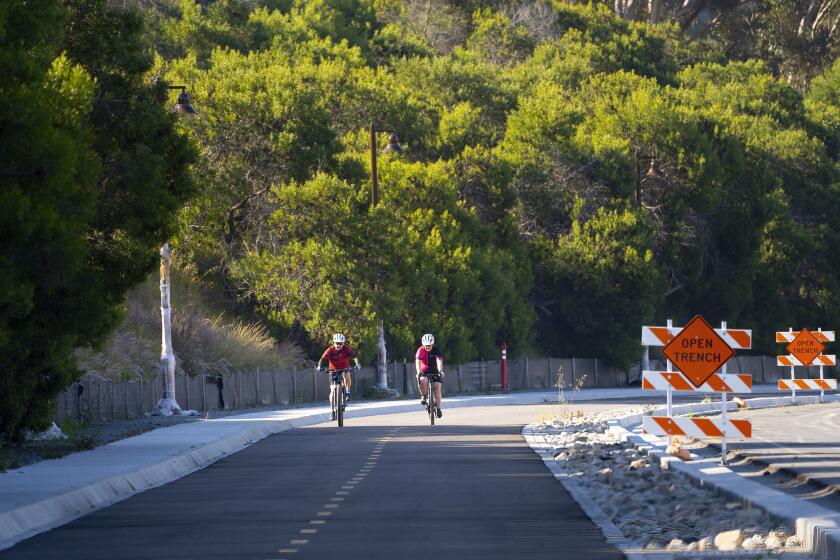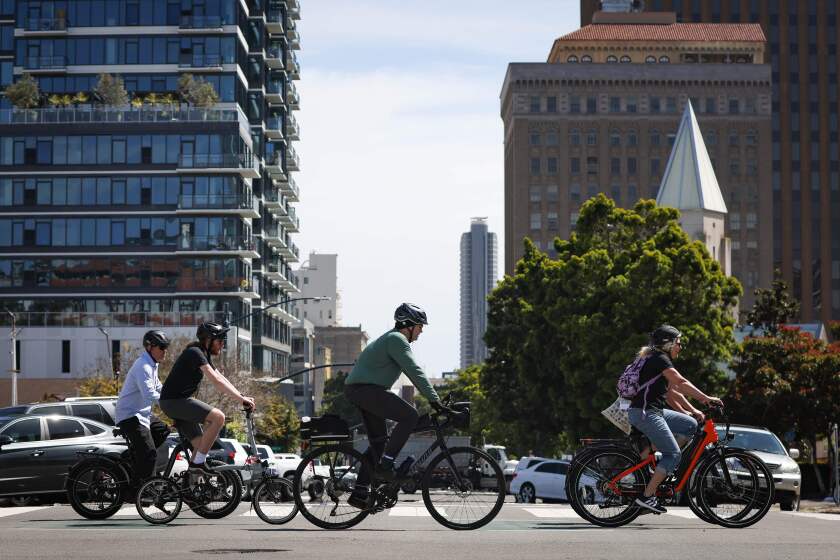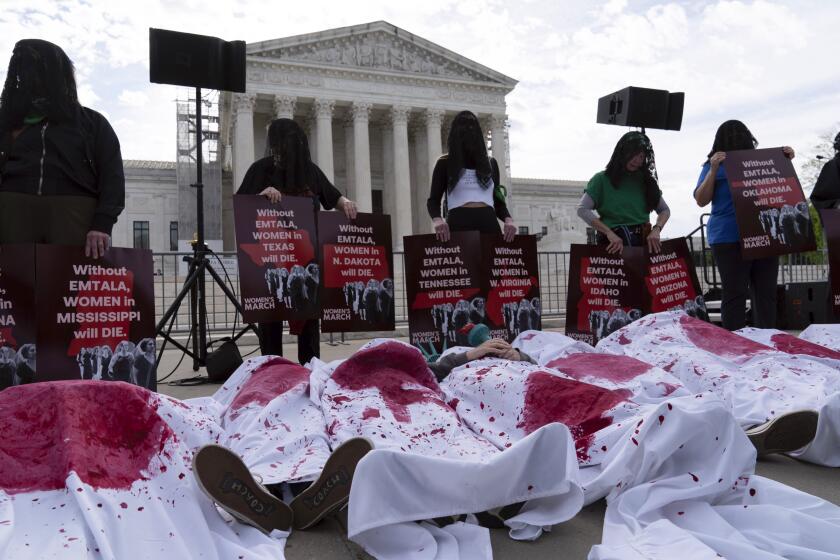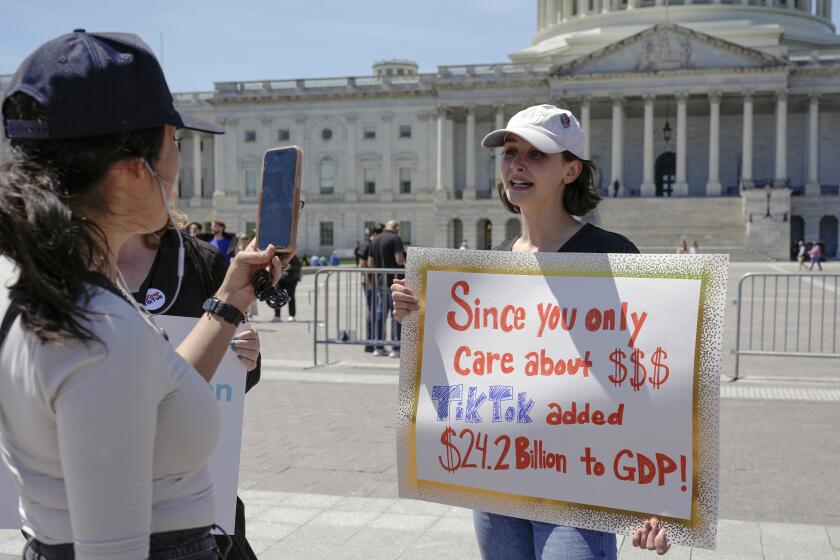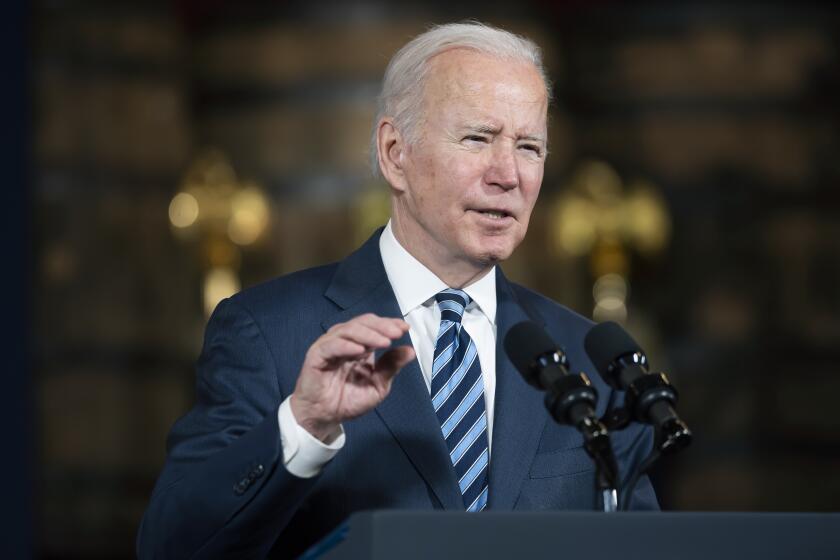New trolley line may not reduce congestion, but it may keep increasingly urban San Diego livable

Line from Old Town to La Jolla runs by region’s No. 1 jobs center, largest university, notorious I-5 congestion
The location of the new La Jolla trolley line seems ideal for reducing traffic congestion because it runs by the region’s No. 1 job center and a notorious area for brake lights and bottlenecks, but experts say the impact will be more nuanced.
Instead of clearing Interstate 5 of so many cars that commutes through the Golden Triangle become a breeze, the new line is more likely to help the city absorb hundreds of new development projects without congestion getting any worse.
Experts say the 11-mile line from Old Town to UTC mall, which began running two weeks ago, will help the area around UC San Diego avoid becoming like some parts of Los Angeles — so congested that people and businesses consider relocating.
$2.2B line connects trolley system to UCSD, Golden Triangle, Mission Bay Park, Pacific Beach, VA Hospital
“It increases the capacity to move people north and south, but you’re not going to suddenly see free flow on I-5 — you’re still going to see backups,” said Ray Major, chief of data and analytics for the San Diego Association of Governments.
While many of the roughly 20,000 daily riders the new trolley is projected to carry in coming years will be people who previously commuted by car, the space they open on the freeway likely will be quickly filled by new commuters.
“It’s a very established empirical fact that new transit doesn’t alleviate traffic,” said Michael Manville, an urban planning professor at the University of California, Los Angeles. “It’s self-undermining, because congestion is the No. 1 thing that blunts demand.”
While the cars the new trolley takes off the freeway will temporarily make it less congested, many people who had been avoiding freeway commutes through the Golden Triangle will change their minds and “backfill” the open spaces.
“It’s not an anti-transit argument,” said Manville, agreeing with Major that boosting the capacity to move people is good for the economy and the region. “You just need to be realistic about what transit can and can’t do. It doesn’t take that many cars to congest a road.”
San Diego Mayor Todd Gloria says mass transit projects like the new trolley line, which has nine stops including Clairemont and Pacific Beach, are crucial to keeping the city livable as it becomes more urban and densely built.
$2.2B project, which opens Nov. 21, connects region’s No. 1 job center, largest university to mass transit
San Diego has created a variety of incentives in recent years to encourage developers to build high-rise condominium and apartment buildings near transit lines to help solve the city’s housing crisis.
The goal is to build more housing without creating the sprawl and traffic congestion that comes when new homes are built in areas that can only be accessed by car.
But without new commuting options like the La Jolla trolley line, all that new housing and the companion commercial developments would create mass gridlock across the city, Gloria said.
“We need more of these kinds of projects if we want to maintain our quality of life,” the mayor said.
City is more focused on transit-oriented development, zoning changes to spur projects
Congressman Scott Peters, who helped secure $1 billion in federal aid for the new $2.2 billion trolley line, said more transit options must be part of San Diego’s future even if they don’t reduce traffic congestion.
“We need more housing with fewer parking places and less space, so transit has to be part of the plan,” he said.
Major said if there is any spot where transit can have a significant impact on road congestion, it is the Golden Triangle and Sorrento Valley area served by the new line.
It’s the region’s No. 1 employment center with roughly 100,000 mostly high-paying jobs, it’s home to the region’s largest institution of higher learning — UCSD with 40,000 students — and the worst traffic congestion.
“It links exactly those areas where people currently live to exactly where they are going,” Major said.
Residents of Chula Vista, El Cajon and Santee who work in the Golden Triangle now have an alternative to commuting by car. The same is true for UCSD students living in those areas and veterans who need medical care at the VA Hospital, which has its own stop on the new line — formally known as the UCSD Blue Line Extension.
A SANDAG analysis shows that almost exactly half the cars at I-5’s Gilman Drive interchange on any given day are heading to the Golden Triangle — an unusually large share for any one location.
“Half the cars — every other car — they are all going to the exact same place,” Major said.
While that makes the trolley a highly viable commuting option, one problem is that only a small share of those who work in the area live close enough to a trolley line to walk or bike there. And many Golden Triangle businesses are more than a mile from the trolley.
That’s why SANDAG and many employers have already begun exploring shuttles and other efforts called “first-mile last-mile” options, which eliminate a barrier to using transit.
New line brings mass transit closer to San Diego’s beaches, but critics worry about distance, safety
“These businesses are working in partnership with us to figure out how we take care of that last mile,” Major said. “These are long-term plans. Over the course of years, it’s going to continually ramp up.”
One key difference between the new line and previous local transit projects is the possibility that trolley commutes will be faster than by car.
“We’ve done some analysis that shows during rush hour riding the new line will be faster than driving in an automobile,” Major said. “You’ll be sitting on the trolley watching the cars that are backed up.”
That’s partly because the line has zero-at-grade crossings — places where the train passes through vehicle traffic.
Another reason for optimism is that UCSD students, who help create much of the freeway congestion near the campus, get free transit passes as part of their student fees. Officials say they expect students, who typically have relatively low incomes, to embrace the opportunity to replace expensive campus parking passes with free rides on the trolley.
Because it’s the first trolley line in San Diego to run through mostly high-income neighborhoods and areas with quality jobs, the new line has a chance to attract riders who take transit by choice rather than because they can’t afford a car.
The appealing destinations on the route will help attract those so-called “choice” riders, who made up just 36 percent of local transit users in a recent SANDAG survey.
But Manville, the UCLA professor, said all those cars the trolley removes from the freeway will almost certainly get replaced by backfilling prompted by reduced congestion.
“Nothing is impossible,” Manville said of the possibility the new trolley line would actually reduce freeway congestion. “All I can say is we’ve never seen that happen — ever.”
That complicates matters for groups trying to fight climate change by lobbying cities to reduce greenhouse gas emissions.
Noah Harris, a transportation policy advocate for nonprofit Climate Action Campaign, said the potential for backfilling makes it urgent for local officials to upgrade the local transit system so aggressively that commuting by car is rarely an appealing option.
“We do want to see congestion reductions,” said Harris, noting that San Diego has committed to increasing the ratio of people who commute by walking, biking, or transit from 14 percent to 50 percent by 2035. “That’s why we advocate for a robust enough system to sway people away from backfilling.”
Harris said one reason for optimism is that millennials generally embrace transit much more than older residents, primarily because they are more concerned about the effects of climate change.
“This region has underestimated people’s willingness to take transit,” he said.
For details on the new trolley line, go to sdmts.com or keepsandiegomoving.com.
Get Essential San Diego, weekday mornings
Get top headlines from the Union-Tribune in your inbox weekday mornings, including top news, local, sports, business, entertainment and opinion.
You may occasionally receive promotional content from the San Diego Union-Tribune.
